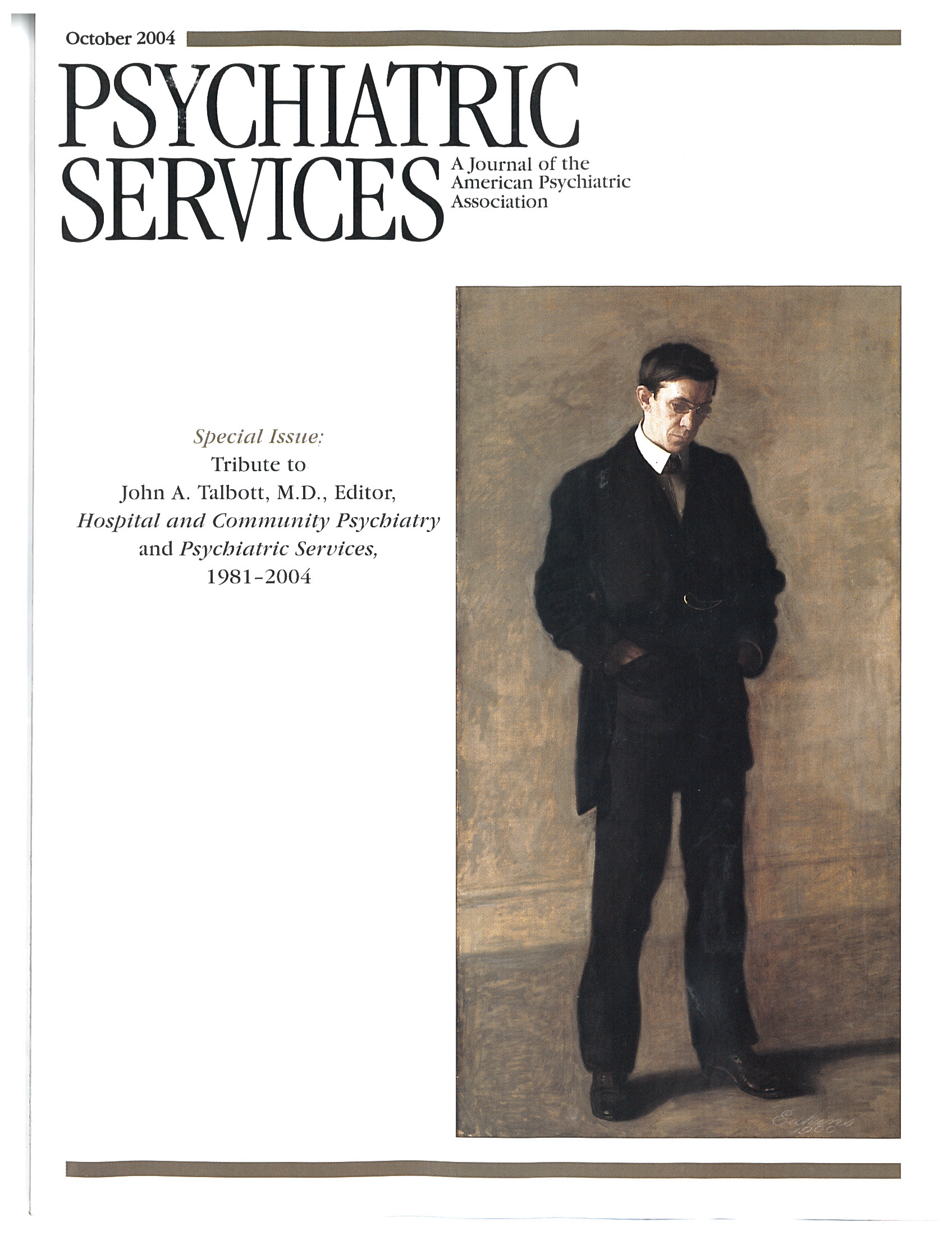The Chronic Mental Patient: Five Years Later
This book, published in 1984 and edited by John Talbott, has a stellar group of contributors, including Bert Pepper, Ellen Baxter, Marvin Herz, Leona Bachrach, and Paul Appelbaum. In The Chronic Mental Patient: Five Years Later, these individuals pay attention to young chronically ill patients, homeless persons with mental disabilities, treatments focusing on resocialization and rehabilitation, and psychopharmacologic treatments. When the book was written, moving patients into the community required a focus on attitudes, legal constraints, and funding issues.
This text came into being in response to four studies conducted five years earlier: one by the U.S. General Accounting Office, another by the National Institute of Mental Health, the third by the Group for the Advancement of Psychiatry, and the fourth a report by the President's Commission on Mental Health emphasizing the explosion of information relating to dehospitalizing persons with chronic mental illness.
The authors share information that had been unknown five years earlier and provide focus for the direction for the future. Researchers such as Samuel Keith and Susan Matthews acknowledge the multiplicity of causation for schizophrenia. They recognize the downward spiraling of the individual who is hit with negative symptoms such as lack of goal-directed behavior, verbal paucity, and social withdrawal.
At the time, the measure of successful treatments could be seen in improvement of those negative symptoms. Neuroleptics and psychosocial rehabilitative techniques were the cornerstones of treatment. Since this book was written, the number of patients in the hospital has dwindled, and many hospitals are now closed. Second-generation antipsychotics have changed the landscape and diminished the negative symptoms more dramatically than the authors foretold.
The authors' concerns that patients were being dumped onto the streets and reinstitutionalized into prisons has come to pass. The double affliction of having a co-occurring drug or alcohol disorder continues to compound the barriers to the improvement of their lot.
One direction suggested by the books' contributors is the development of a unified service network. We have yet to see consistent, effective links between agencies and a consistent supportive attitude toward helping this population. The homeless are still out there, still on the streets of major cities. Insufficient housing and insufficient advocacy and assertive treatment are still the issues today. The most vulnerable individuals are still left unattended.
Relapse is still a big issue, as are compliance and phasic course. In 1984, the contributors to The Chronic Mental Patient recognized that involving patients' significant others was vital in urging patients to attend community programs and in helping their families better understand the illness and what would be a helpful response.
The public still worries about the threat of violence from this population of "chronics": assaultiveness, infanticide, and victimization. Public education and demystification still need more of our efforts.
In training our future psychiatrists, the competing demands of competencies are still there. We must continue to monitor "dosing" and the burnout associated with caring for chronically mentally ill individuals in their sickest moments. We must continue to provide adequate supervision for those who are in training to ensure that they receive a learning experience rather than undergo a trial by fire.
The section of The Chronic Mental Patient pertaining to medications is, of course, dated. Thank goodness we have had major breakthroughs such as aripiprazole and ziprasidone since this book was written. What will come next and fill in the gaps even more precisely? Genetics, not even touched on in this text, is now of major importance.
Psychosocial treatments and rehabilitative models are well described in The Chronic Mental Patient. I think solutions to the funding issue will have an important impact on advancements in the field, too—we know how to do it, but will we be reimbursed to do it? In his contribution to the book, Jeffrey Rubin alluded to what have, indeed, developed into the struggles of competing agencies, each wrangling with "consumers and providers," each complexifying with protective rules such as the Health Insurance Portability and Accountability Act (HIPAA). The ever-intrusive managed care and cost policies have come even farther and faster than they envisioned. Now that we have more choices in medications, we have formularies that restrict choices. Technology was not the big help it is today. Guidelines for optimal treatment now offer us new direction by consensus. Training encompasses ever-increasing technological skills, system understanding, and many of the core tenets already embodied by this landmark text.
Dr. Barton is in solo private practice in Rutland, Vermont.



